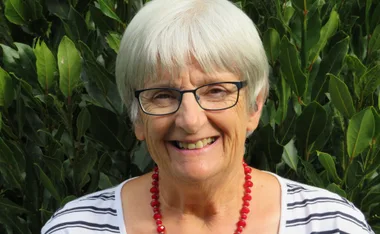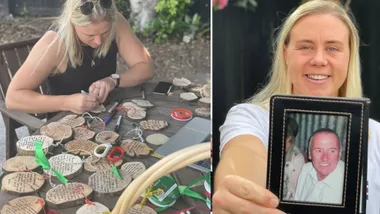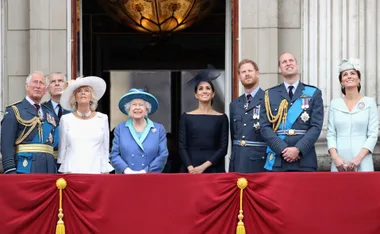Tom Cruise’s only son infuriates his superstar father by abandoning the family business.
When Connor Cruise took his first few tentative steps into the film world with a small part in the Will Smith movie Seven Pounds and a role in the blockbuster remake Red Dawn, his proud father wasted no time in telling Hollywood the next superstar had arrived on the scene. Tom Cruise set about pulling showbiz strings and was determined his adopted son would follow in his famous footsteps. But the Mission: Impossible star’s dream has crashed, with Connor abandoning acting to focus on a new passion – DJing.
Tom, 49, initially encouraged the hobby, thinking it would give the 16-year-old’s image “a cool urban edge”. He bought Connor – who goes by the name “DJ C-Squared” – $8000 worth of DJ equipment and arranged his first paid gig back in July. Now Tom is furious the teenager has given up the family business, and relations between father and son – as well as stepmum Katie Holmes – are strained. “Connor is sick of living under Tom’s constant control,” a family friend tells Woman’s Day.
“He wants to be an independent man, so he’s started rebelling and there’s been some serious clashing of big male egos.” The situation has become so bad that Connor has begged his adoptive mother, Tom’s ex-wife Nicole Kidman, to let him live with her and her husband Keith Urban in Nashville.
Speaking exclusively to Woman’s Day, another longtime family friend reveals, “Nicole told Connor a move would be too disruptive and that he couldn’t run from his father, but she offered to talk to Tom to try to get him to calm down.” Tom is also refusing to allow Connor to trace his biological parents because it would disrupt his schooling.
Read more about Tom and Connor and how Nicole Kid man plans to stan by her man Keith, in this week’s Woman’s Day on sale November 14, 2011.


















































.jpg?resize=380%2C285)
.png?resize=380%2C285)
















